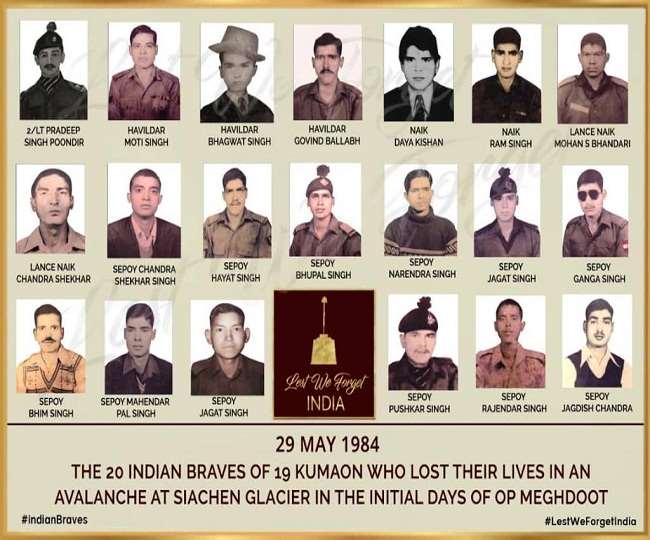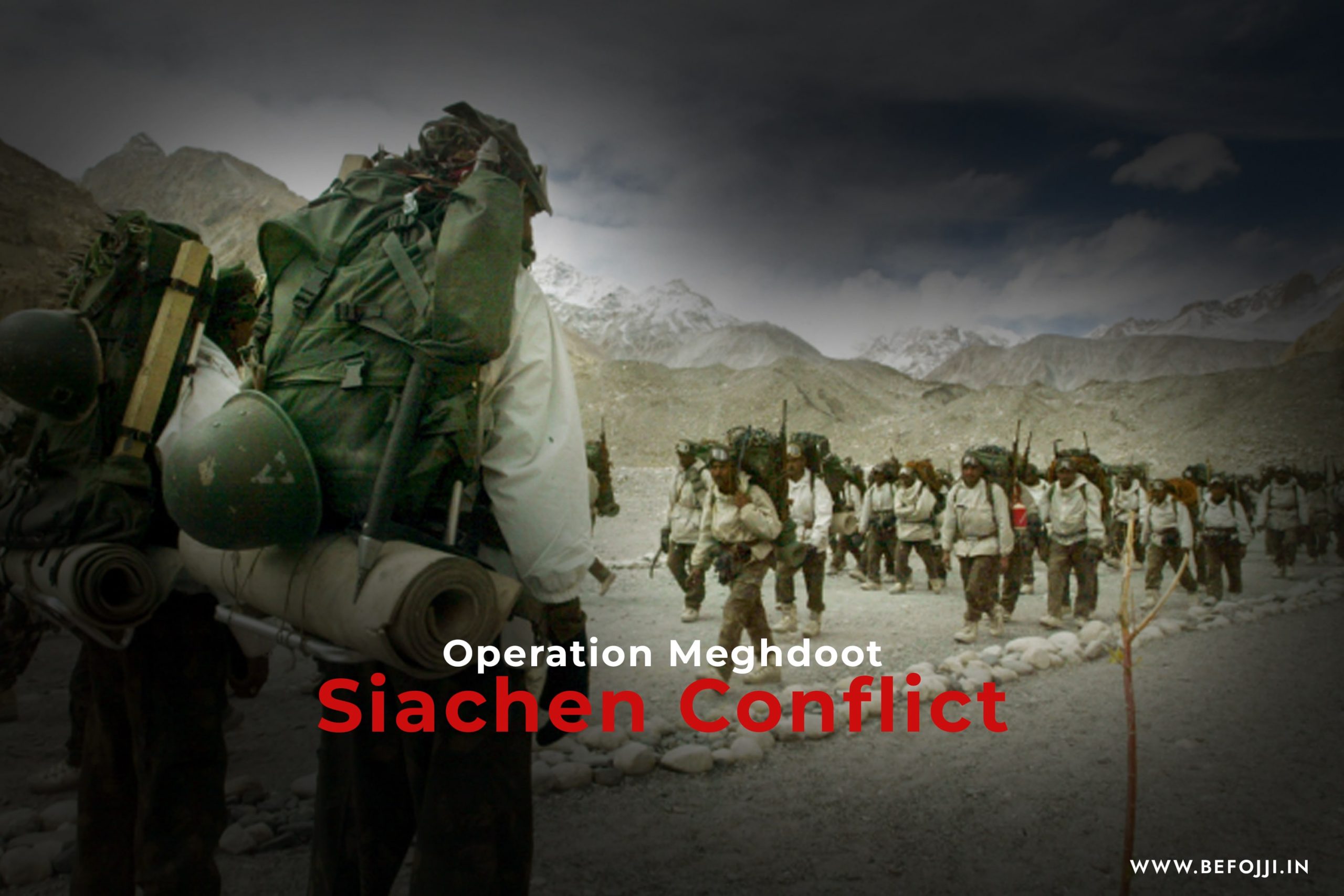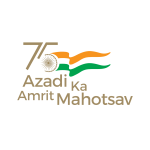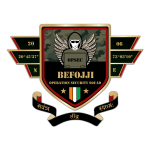13 April 1984
At the height of more than 6000 feet above the sea level. A battle was about to take place for the first time in the history of the world. General Prem Nath Hoon deployed the Northern command and the 15 Corps to the Saltoro ridge. Ladakh Scouts and a company from 4 Kumaon was also deployed along with a unit of MI8 and Cheetah helicopters from the Air Force. A chain of command was established. Lt. Col Pushkar Chand would be the Task Force Commander with Captain Sanjay Kulkarni heading the platoon from 4 Kumaon to Bilafond La. Major AK Bahuguna would be heading the Ladakh Scouts to Sia La and Lt. Col. D.K. Khanna would be talking on Gyong La with 19 Kumaon.
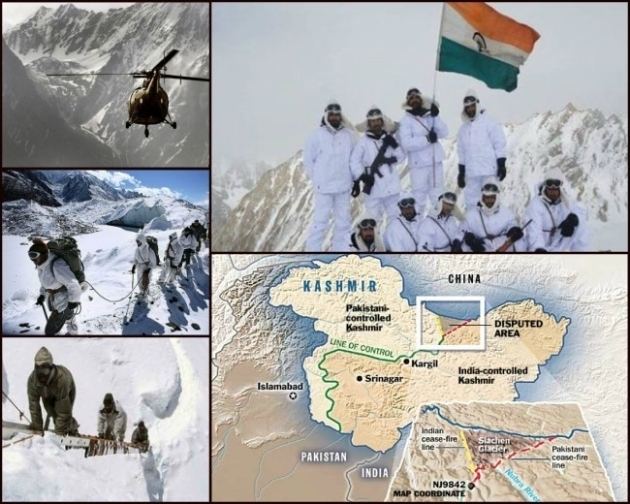
The first target for Operation Meghdoot was to occupy the Siachen glacier, specifically Indira Col, Sia La, Bilafond La and Gyong La, the most important points on the Saltoro ridge. But at an altitude of around 6500 feet India had to face an enemy even more Lethal – the weather.
The temperature in the glacial areas drops to below -30 degree Celsius. Basic tasks like breathing, talking and walking start feeling Herculean. The soldiers on ground would risk High Altitude Pulmonary Edema, Hypothermia, frost bites and even Amnesia. Pilots were warned about acute sunburn and a condition known as white-out when after looking at vast stretches of white snow and no landmarks, pilots face spatial disorientation.
A training camp was set up for the troops at HAWS, High Altitude Warfare School run by Col Narendra ‘Bull’ Kumar Where the troops would be getting training in mountain warfare and acclimatising. All troops including Capt. Sanjay Kulkarni and Lt. Col Pushkar Chand sans the Ladakhi Scouts, who were a mountain-based force that were already acclimatised to the high altitudes.
They needed thermal coats, pants, balaclavas, tents, ice axes, goggles, ice shoes which were available only in Europe. But when Gen Hoon contacted their supplier in Europe, they were privy to an essential piece of intelligence. The supplier, while offering another supplier’s number, voiced his inability to service Gen Hoon. Because there had been an order for more than 150 pieces of winter equipment and gear by Pakistan.
In Pakistan, a meeting was held in December 1983, in the GHQ Operation Room under the chairmanship of president General Zia-ul-Haq. in this meeting Maj Gen Pir Dad Khan (Commander of the Northern Areas) was given the task of pre-empting occupation of the passes, reaching there not later than May 1984, as weather conditions before that period would not allow the use of helicopters and the PAF. This decision to launch their operation in May was a serendipitous moment for India.
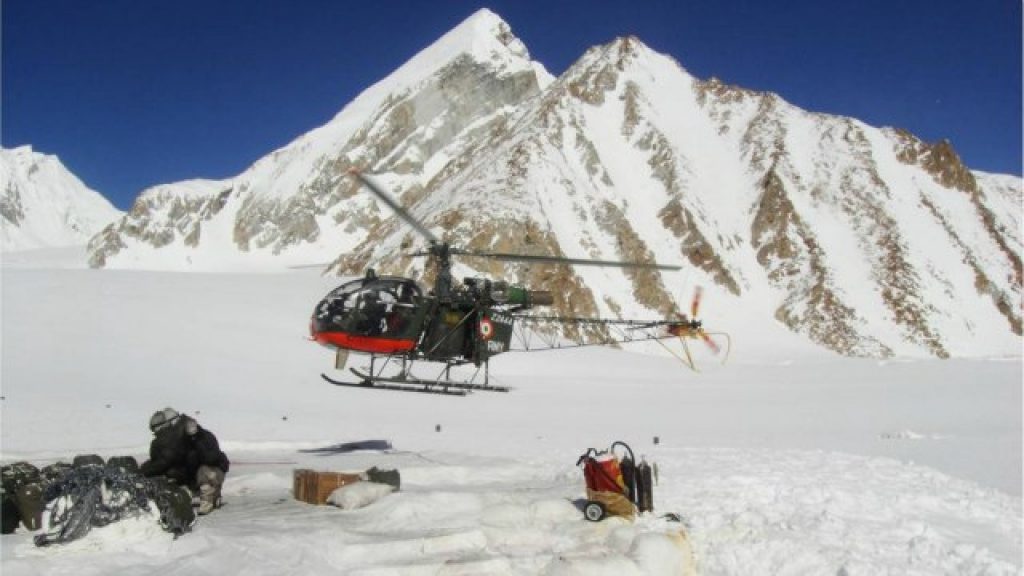
Brig Channa was correct. Years later Pakistan’s Military Dictator General Pervez Musharraf would admit in his book “In The Line of Fire” that India “Preempted up”. Any action on the glacier was only possible around mid June. But Brig Channa wasn’t ready to wait that long. His tactic was surprising. It was a race and the winner took Bilafond La and Siachen. What stayed with him even 35 years later was when he questioned the delivery of the new equipment which could be delayed and asked the men if they would Venture into the sub zero terrain with less than adequate clothing ? The answer was a vociferous YES !
Lt Gen Hoon, air marshal MSO Wollen, Commander-in-Chief, western air command, AVM A Dahiya, Air officer commanding of Jammu and Kashmir and Maj Gen Shiv Sharma and carried out a sortie over Sia La and Bilafond La. The weather was not on their side. It had started snowing and they could feel a storm building. The other intense fear other than the impending storm was the winter clothing. They were on the threshold of the operation and as yet the essential equipment hadn’t arrived.
On 13th April at 0530 hours a Cheetah helicopter took off from Base camp to Bilafond La It arrived. Capt. S.K. Kulkarni and a soldier. Sqdr Ldr Surinder Bains tells Capt Kulkarni that he isn’t sure if the snow can withstand a landing. He asks if they could jump. Capt Kulkarni says that they can, but how would they know if they wouldn’t get immersed in the soft snow ? The sack lands with a thud. It was safe to go down, Capt Kulkarni and his JCO took the plunge. Sqdr. Ldr Bains did 17 sorties to deliver 30 soldiers. At 0700 hours an Indian Flag is planted on top of Bilafond La. The first point of Saltoro ridge was secured.
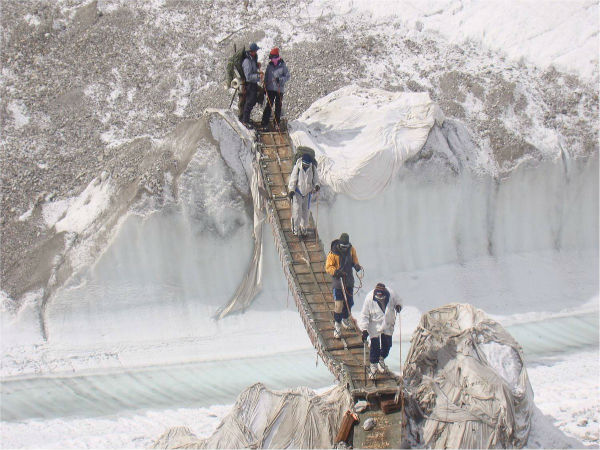
However, within 3 hours of landing, they had to evacuate their radio operator who suffered from HAPE (High Altitude Pulmonary Oedema) despite being trained, acclimatised and fit. Now Capt. Kulkarni had a radio, but no radio operator.
29 men remained at Bilafond La but tragedy struck within 48 hours, when another soldier died of Hypoxia and they were down to 28. And of these 28, 21 had severe frostbite.
The moment of victory on the 13th of April turned to nervousness because of the storm that picked up from the evening of the 13th and lasted till the 16th. Everything came to a standstill. The ground troops from the Base camp however had started to establish camps 1, 2 and 3 along the route to Bilafond La. This task was completed by the 15th of April. Major Bahuguna who had to move to Sia – La was meanwhile grounded at Base camp because no helicopters could fly.
Captain Kulkarni’s switching on of the radio pass on the information of a soldier’s death had been picked up as expected. They were paid a visit and It wasn’t a friendly one. Things were getting very uncomfortable for Brig. Channa. All eyes in Northern Command and the Military Operation Directorate were turned on him. Sending troops in winter on the glacier now seemed a bad decision and the entire onus was on him since he had been stubbornly adamant on the date and final call.
And after 3 days, the storm abated. The Indian Air Force flew over 32 helicopter sorties, a record of 5 Cheetahs and 2 Mi8’s to drop Major Bahuguna and 29 men 5 km east of Sia-la. The Ladakhi scouts under Maj. Bahuguna trudged 5kms, up the treacherous slopes, movement being extremely difficult because of the heavy snowfall, to reach and occupy Sia-la. While Capt. Kulkarni had occupied Bilafond La on the 13th, Major Bahuguna had Sia La under his able command by the 17th. Lt.Col. D.K. Khanna meanwhile, with 19 Kumaon, was moving to the highest and most treacherous peak, Gyong-La which they would eventually occupy by the first week of June. The top brass in Northern Command now decided to take stock. Since the Indian soldiers were visible to an immense number of Pakistan planes flying furiously back and forth overhead and the fact that India had beaten them to the glacier, meant that a backlash was inevitable.
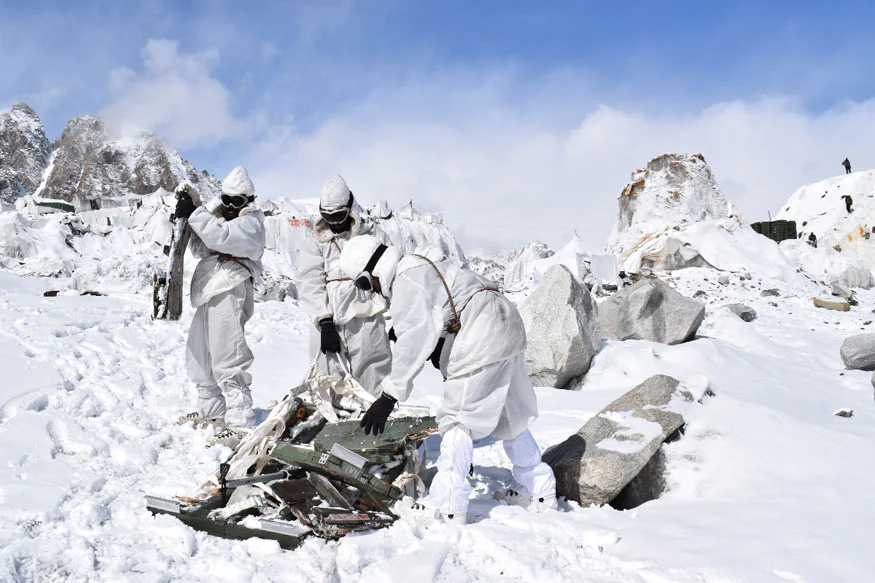
Sam- surface to air missile-7 , 2 detachments were included at Sia-la and Bilafond-la on 22nd and 23rd April. 2 Zu-23-2 guns were airlifted by Cheetahs to lolofond-la and the Siachen glacier. 2 Zu-23 guns were deployed for the protection of the Leh airfield and 2 more for the Those airfield. Indian intelligence had reported a formation of a Burzil force on the Pakistani side in the 80 Infantry Brigade. They had launched Operation Ababeel to evict Indian troops and capture Bilafond La and Sia La.
Capt. Sanjay Kulkarni, well established with his platoon on Bilafond-la had put a system in place where every hour the sentry would come and give a report and Kulkarni would respond by saying ‘ok’ or ‘Ram Ram’. He had posted one sentry at the edge of the pass about 500 metres from where the tents were pitched called the listening post. The sentry would stand at the farthest point possible to look out for any Pakistan troop movement. From that position the sentry could see at least a kilometre into Pakistan territory. It was a monotonous and physically demanding task.
The first serious attack came on the 23rd of June at 0450 hours. 26 Pakistani casualties were reported that day. The Indians had lost 1 man, but this wasn’t the last attack. In June Pakistan attempted another attack but it was thwarted by the Indians. In August 1984 2 more attacks were mounted by Pakistan but they were foiled on both accounts and Pakistan suffered 30 odd casualties. Meanwhile Gyong-La, the highest point at 18665 feet, had been secured by Lt. Col. D.K Khanna and the whole of Siachen was now under the control of the Indian Army.
